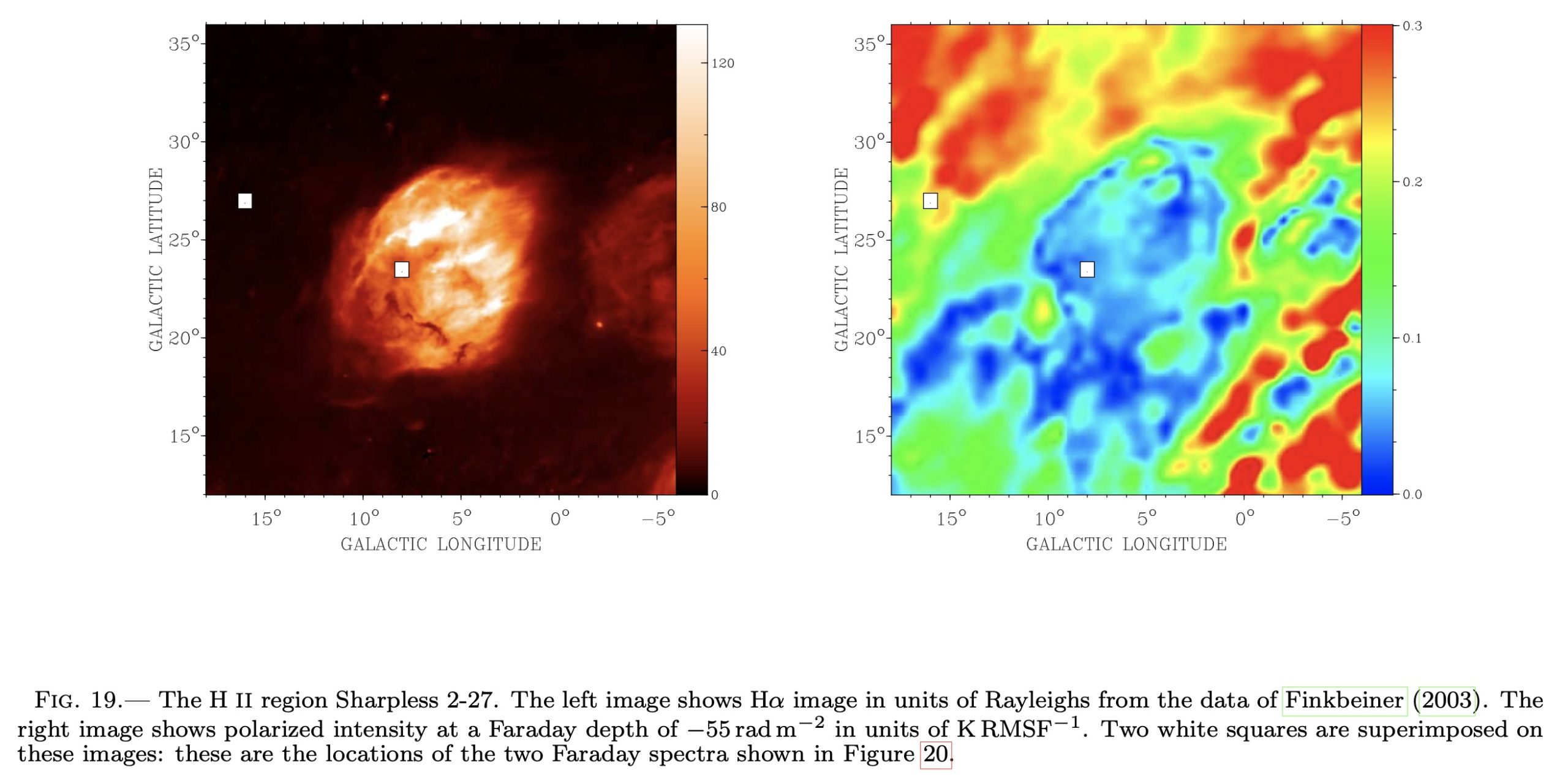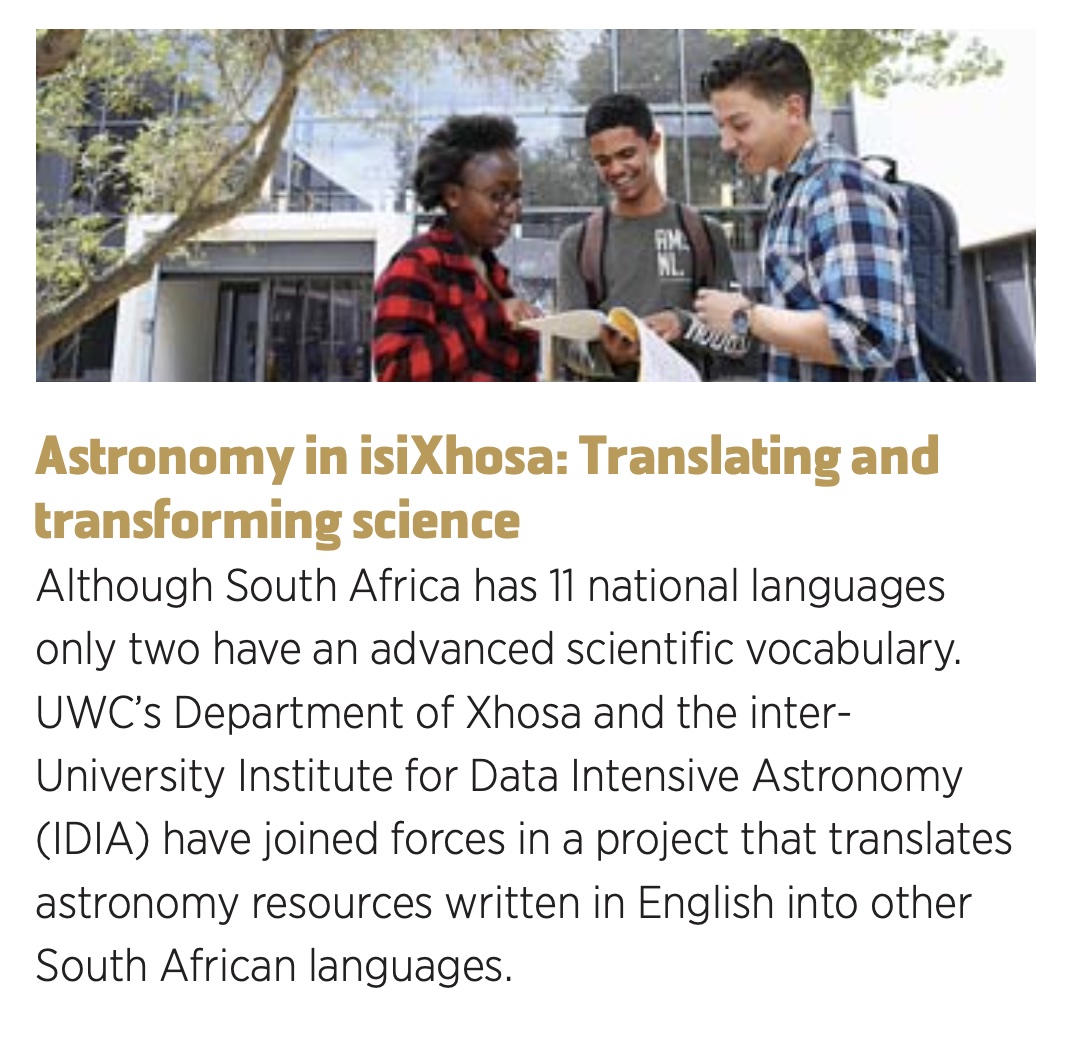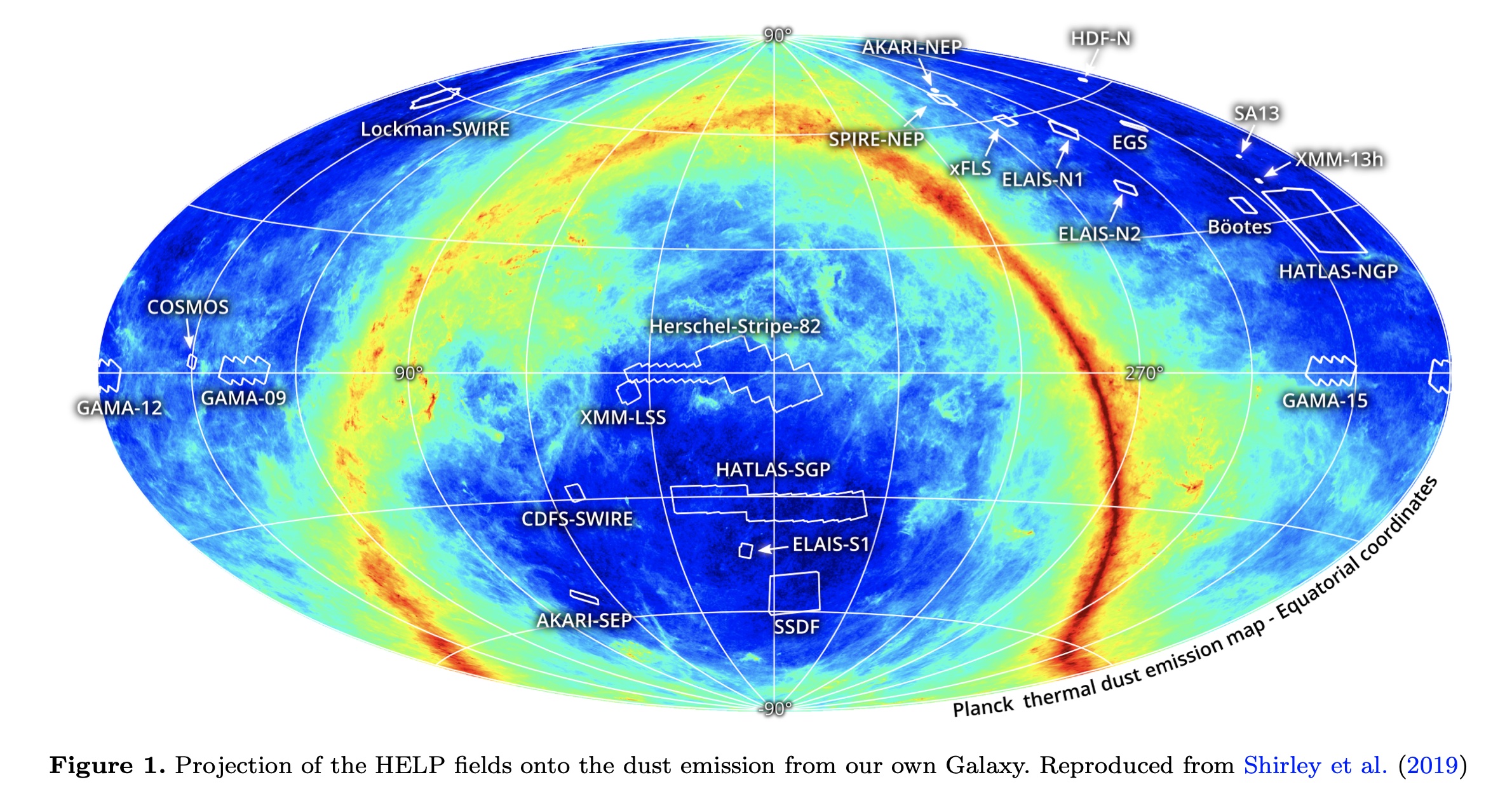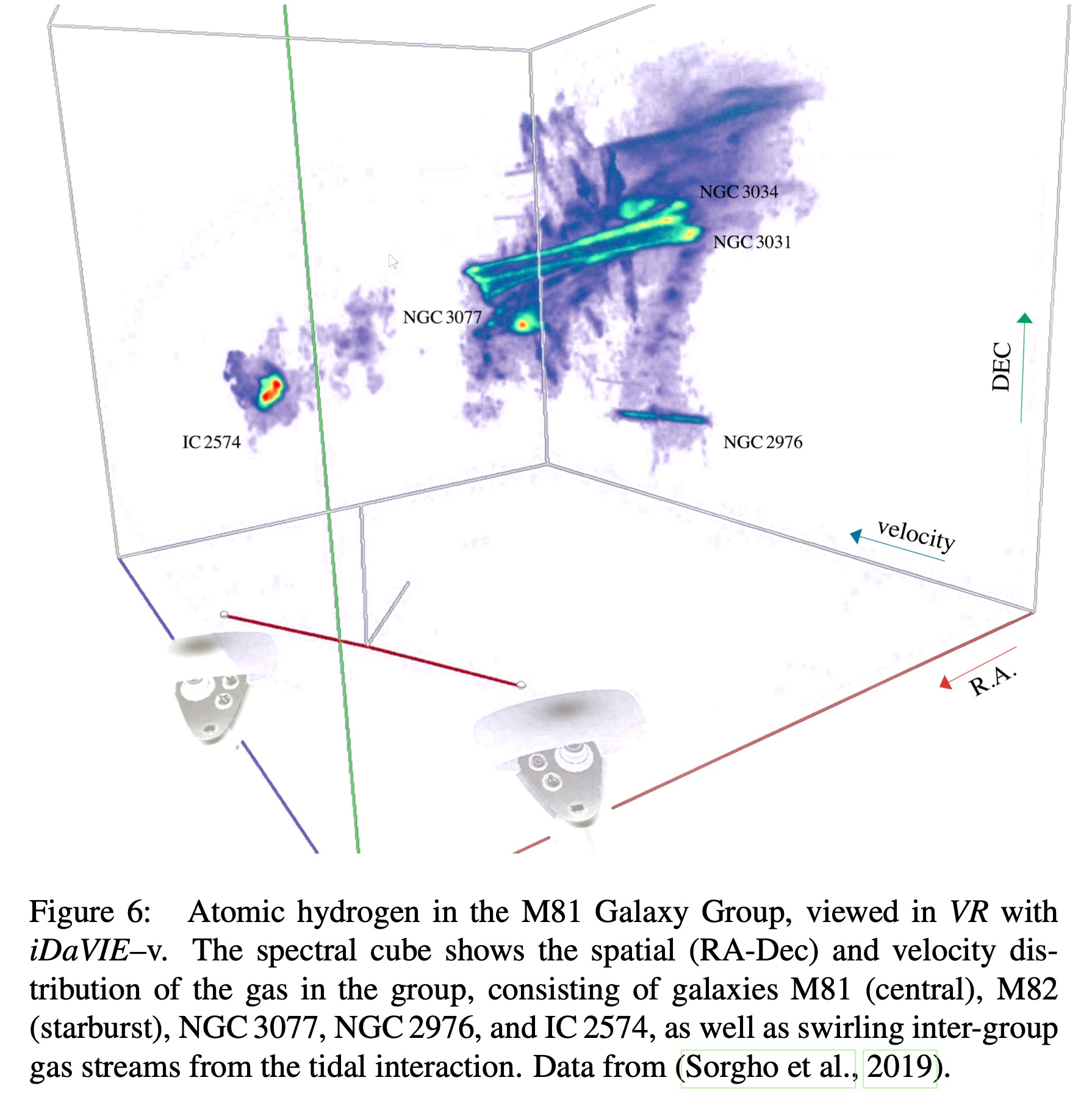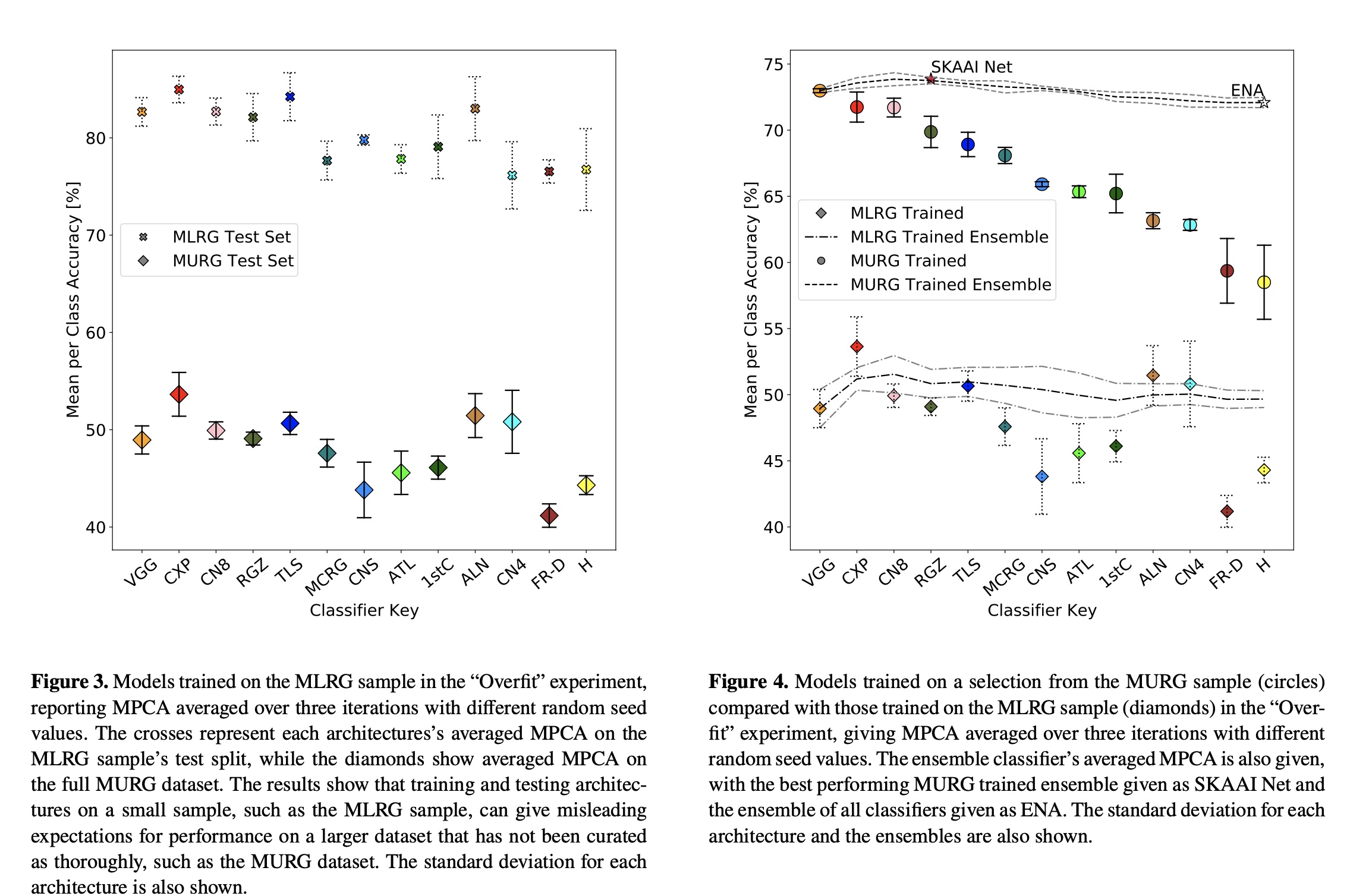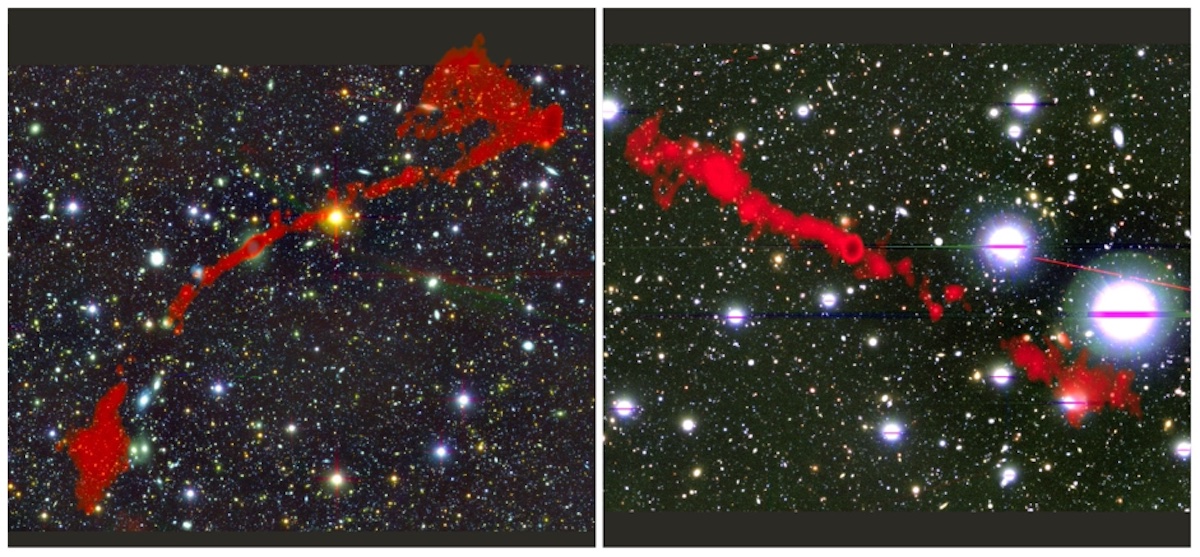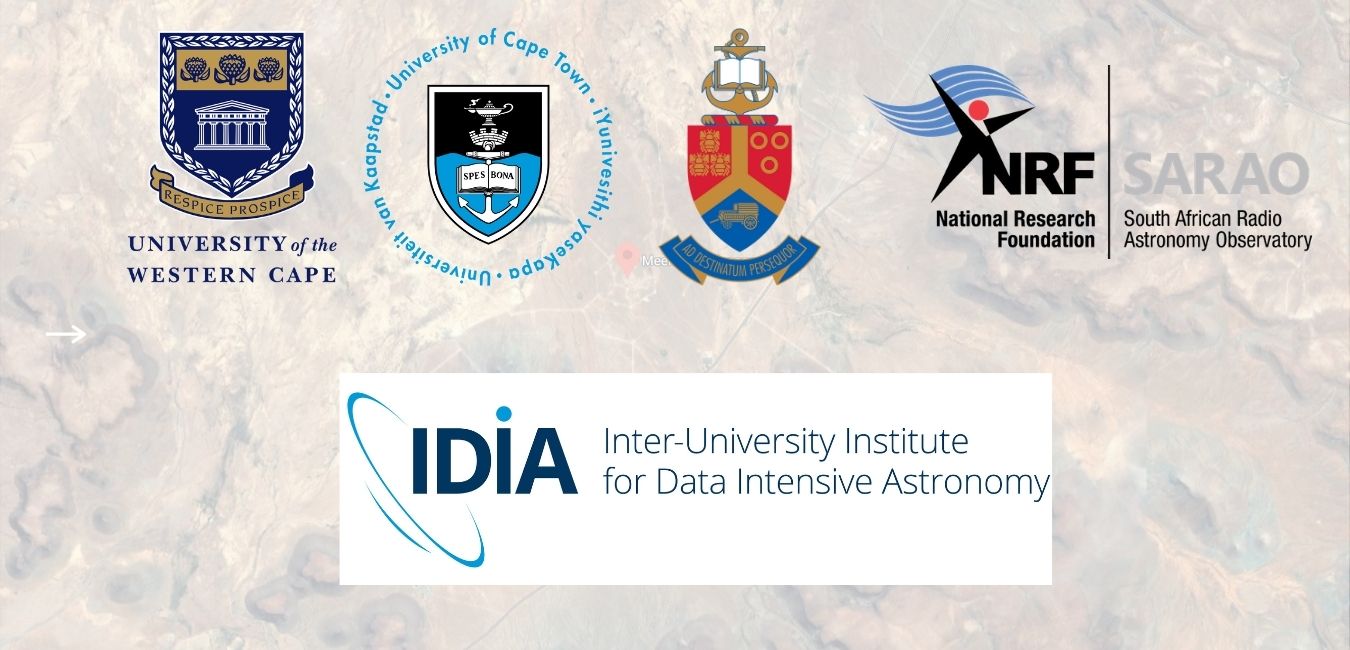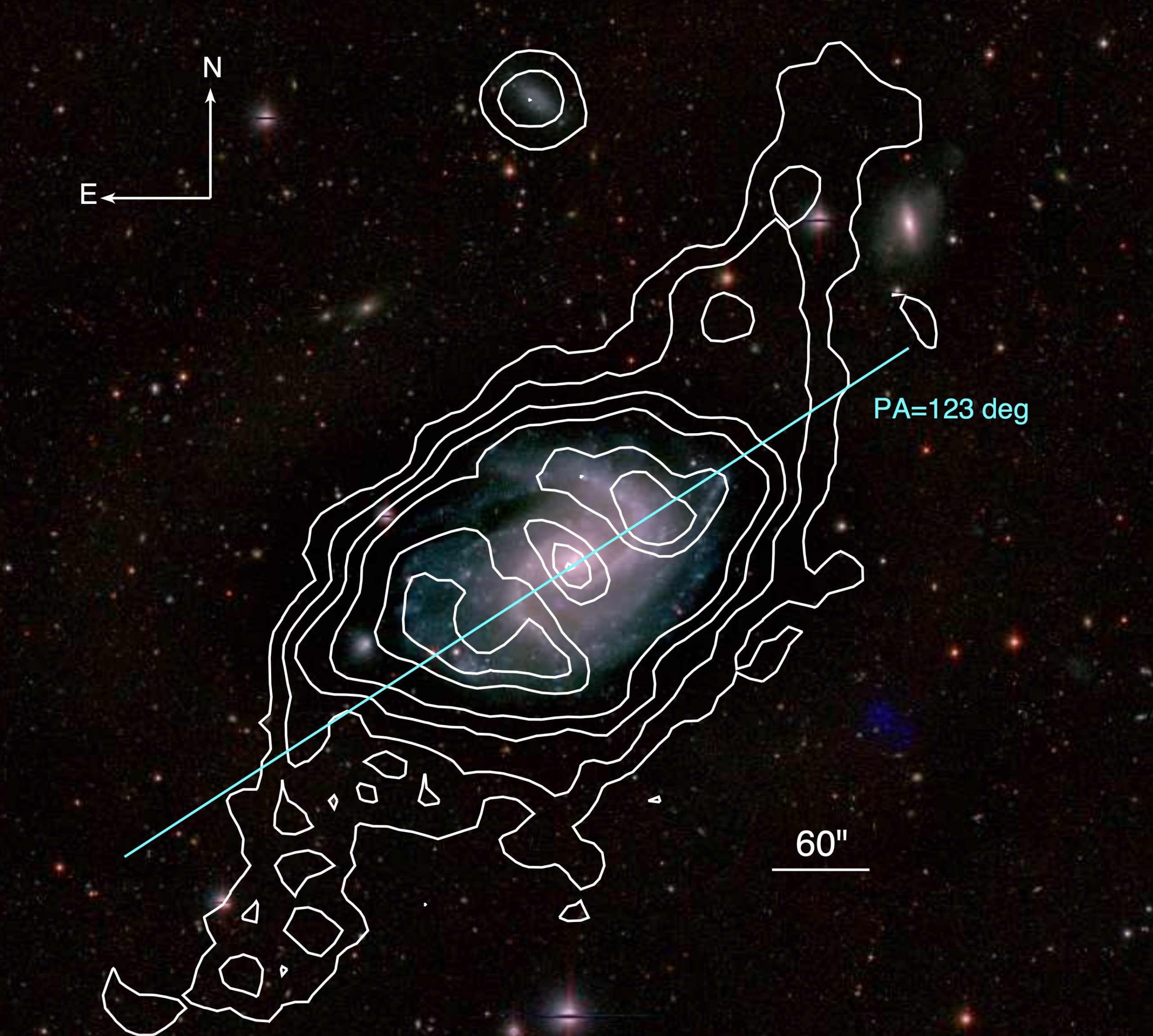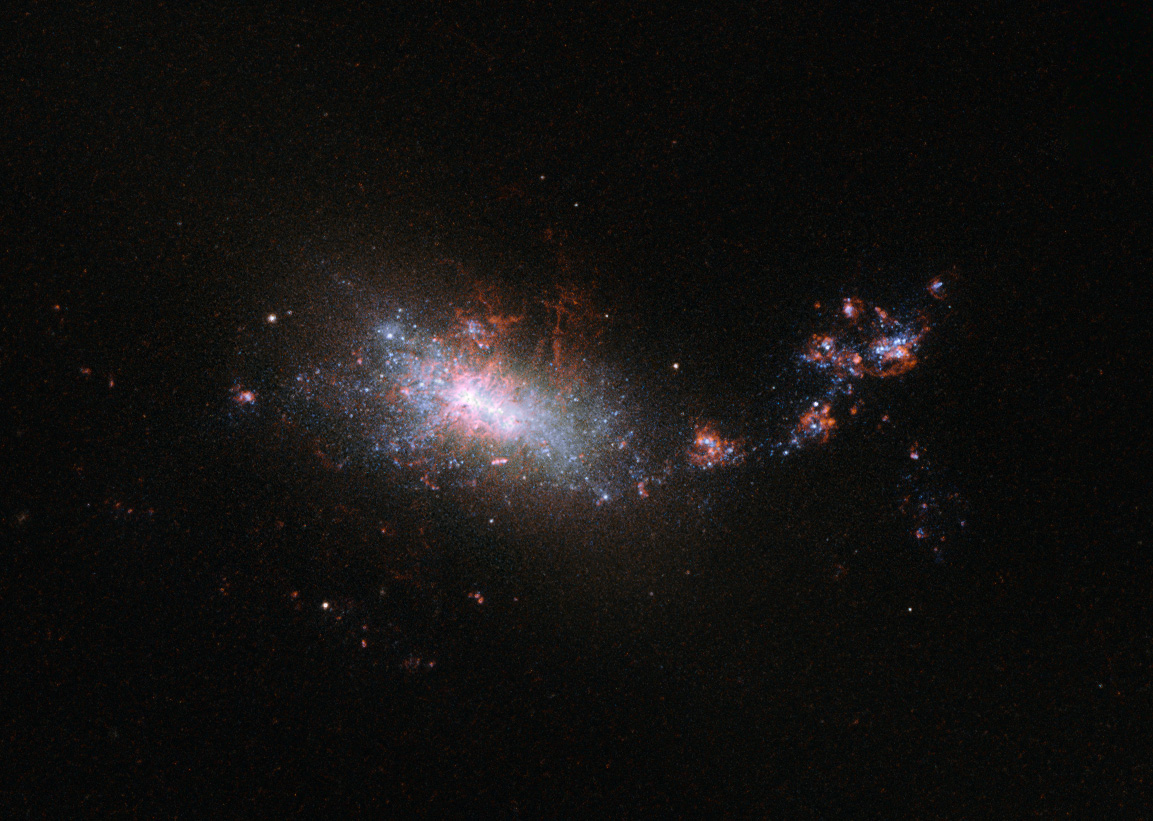New paper: The Global Magneto-Ionic Medium Survey: A Faraday Depth Survey of the Northern Sky Covering 1280-1750 MHz
The Galactic interstellar medium hosts a significant magnetic field, which can be probed through the synchrotron emission produced from its interaction with relativistic electrons. Linearly polarized synchrotron emission is generated throughout the Galaxy, and at longer wavelengths, modified along nearly every path by Faraday rotation in the intervening magneto-ionic medium. Full characterization of the polarized emission requires wideband observations with … Read More

